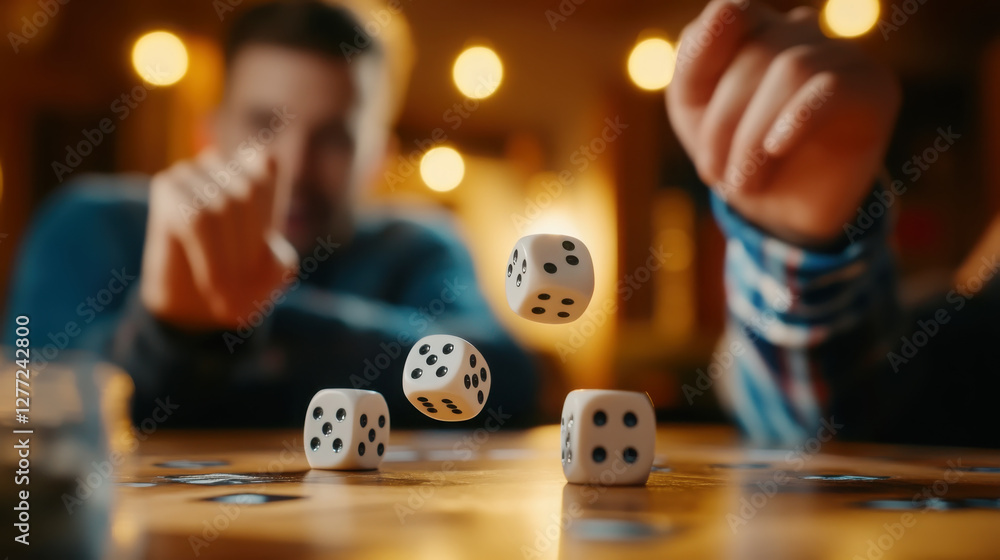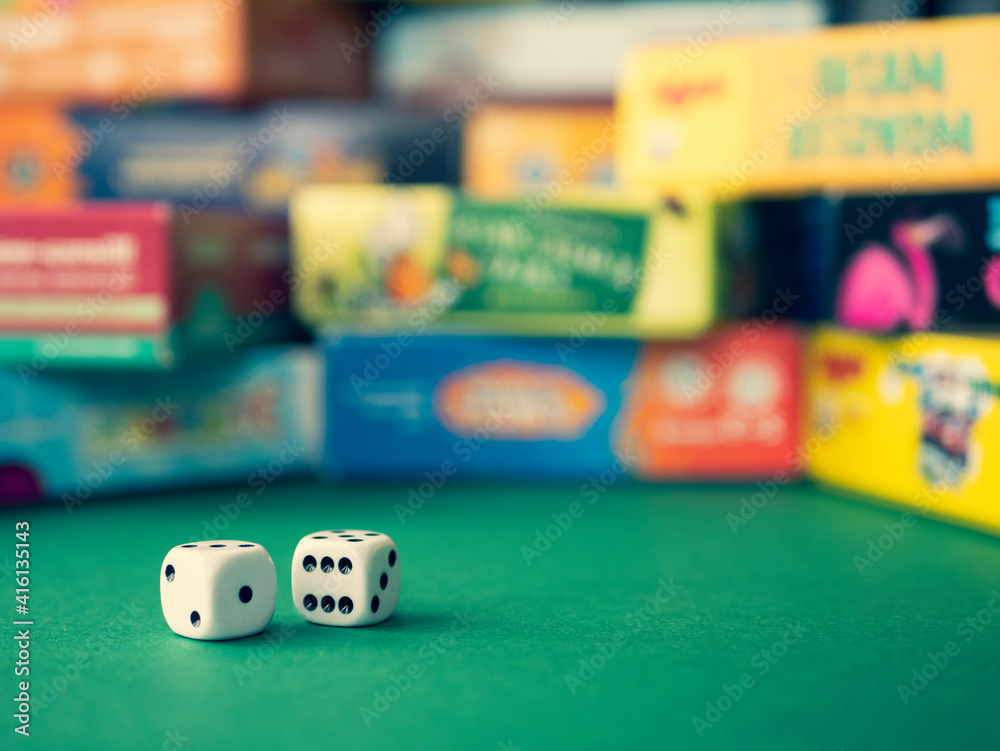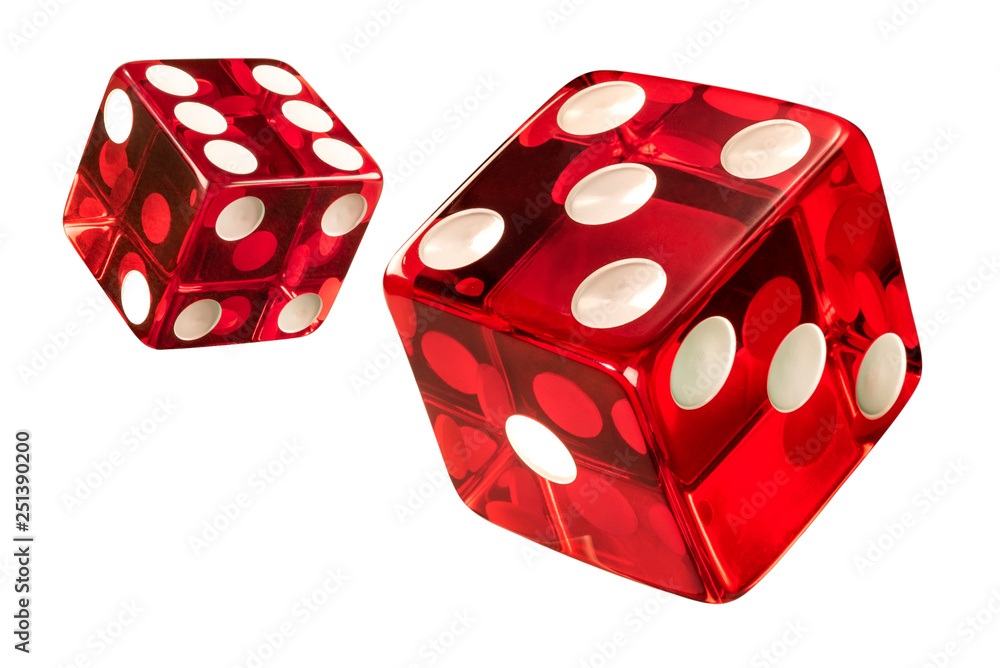Introduction
Dice games have been a part of human entertainment and ritual for thousands of years. Before casinos and digital gaming, dice were used by ancient people for fun, decision-making, spiritual rituals, and even gambling. Almost every ancient civilization — from India and Mesopotamia to Greece, China, and the Americas — used some form of dice. While the exact rules of many ancient games are lost to time, archaeological evidence and written records give us a strong idea of how they were played and why they were so important.
This article explains how dice games were played in ancient times in different parts of the world — what materials were used, what rules they followed (as far as we know), and what roles dice played in the culture of each society.

1. Origin of Dice: The Basics
The earliest dice were not like modern cube-shaped ones. They came in many forms: knucklebones, pebbles, carved wood, clay, ivory, and even metal. Dice were among the first tools used for games of chance, but they were also tied to religion and fate.
- The oldest known dice were found in Iran, in a 5,000-year-old backgammon set.
- In India, dice appear in the Rigveda, written around 1500 BCE.
- Egyptians used knucklebone dice around 3000 BCE.
2. Dice Games in Ancient India
India has one of the oldest recorded traditions of dice games.
Materials and Dice Shape
- Made from nuts of the Vibhitaka tree, animal bones, or ivory.
- Dice were often oblong or rectangular, not cubic.
- The most common early Indian dice had four sides.
References in Literature
- The Mahabharata, written between 400 BCE and 400 CE, features a major dice game between the Pandavas and Kauravas.
- In this game, Yudhishthira loses his kingdom, his brothers, and even his wife Draupadi, in a gambling match.
Rules and Gameplay
- The exact rules are unclear, but the game involved:
- Multiple throws to determine moves.
- Possibly skillful manipulation of how the dice were cast.
- Betting and wagering were central.
Cultural Meaning
- Dice symbolized karma and fate.
- Gambling was both entertaining and dangerous, seen as a weakness of character in some Hindu texts.

3. Dice Games in Ancient Mesopotamia
Mesopotamia (modern-day Iraq) is one of the earliest civilizations with evidence of dice games.
Materials and Shape
- Dice made from stone, bones, and terracotta.
- Shapes included tetrahedrons (4-sided), cubes, and knucklebones.
Game Example: Royal Game of Ur
- Found in 2600 BCE tombs in Ur.
- Used tetrahedral dice (4 sides).
- Played on a board with 20 squares.
- Players moved pieces based on dice rolls.
Rules (As Translated from Tablets)
- Players aimed to move all their pieces off the board.
- Dice determined how many squares a piece could move.
- There were safe zones and danger zones.
- The game mixed luck and strategy.
Cultural Significance
- Found in royal tombs, suggesting it was for elites.
- Also used in divination and religious rituals.

4. Dice Games in Ancient Egypt
Materials and Dice Types
- Mostly used astragali (knucklebones).
- Later developed cube-shaped dice from stone, ivory, and wood.
Famous Games
- Senet: Board game from 3100 BCE; involved chance and strategy.
- Players threw dice or sticks (similar to coins) to move pieces.
How It Was Played
- 30-square board.
- Two players aimed to remove all pieces from the board.
- Dice rolls determined movement.
- Some tiles had special meanings, like safe or losing zones.
Cultural Role
- Seen as a journey to the afterlife.
- Played in temples and tombs.
- Found buried with pharaohs.
5. Dice Games in Ancient Greece
Materials
- Made from ivory, bone, bronze, and terracotta.
- Used both cube-shaped dice and astragali.
Famous Games and Usage
- Games like Tabula, a precursor to backgammon.
- Dice were often used in gambling among soldiers and commoners.
Philosophical Opinions
- Plato and Aristotle discussed the morality of games of chance.
- Dice were also used in decision-making (e.g., casting lots).
6. Dice Games in Ancient Rome
Romans loved gambling and used dice extensively.
Types of Dice
- Tesserae – cube-shaped dice with 1 to 6 dots.
- Talus – astragali (knucklebones), with only four playable sides.
Games Played
- Alea: Roman word for dice; used in several games.
- Ludus Duodecim Scriptorum: A complex board game involving dice, similar to backgammon.
- Tali and Tropa: Games based on knucklebones.
Rules
- Different combinations of rolls had different values.
- “Venus throw” (all different numbers) was the best.
Cultural Significance
- Very popular among all classes.
- Gambling was technically illegal, but widely practiced.
- Roman emperors were known to be gamblers.
7. Dice Games in Ancient China
China also has a deep history of dice games, especially in combination with board games.
Materials
- Dice made from bone, ivory, wood, and bronze.
Game: Liubo
- Ancient Chinese board game from 1000 BCE.
- Used sticks or dice to determine movement.
- Very little is known about the exact rules.
Taoist and Religious Use
- Dice used in divination, like the I Ching.
- Games reflected yin-yang balance and cosmic forces.
8. Dice Games in the Americas (Maya, Aztec, Native American Tribes)
Long before European colonization, dice games were played by indigenous people in the Americas.
Materials
- Dice made from bones, stones, fruit pits, and shells.
Types of Games
- Maya and Aztecs played games involving chance and skill.
- Some tribes, like the Zuni, played dice games in religious ceremonies.
Gameplay
- Usually involved odd-shaped or uneven dice.
- Games were connected to seasons, fertility, war preparation, or spiritual outcomes.
9. Common Features Across Civilizations
Despite regional differences, some things were common:
- Dice represented chance, fate, or destiny.
- Often connected to religion or spiritual beliefs.
- Dice games were played for:
- Entertainment
- Gambling
- Divination
- Social interaction
- Dice were sometimes rigged or loaded, showing early attempts at cheating.
10. Influence on Modern Dice Games
Ancient dice games led to modern games like:
- Backgammon (from Mesopotamia and Rome)
- Snakes and Ladders (originated in India)
- Yahtzee and Craps (influenced by European games)
Even modern casinos use dice games that trace their roots to early forms of gambling and chance.
Conclusion
Dice have been more than just toys or tools of luck. In ancient times, they carried deep cultural, religious, and even philosophical meanings. Across India, Mesopotamia, Egypt, Rome, China, and the Americas, people rolled dice not only to win games but also to seek answers from the universe, understand fate, and challenge the unknown.
Despite differences in geography and technology, the basic human interest in chance, strategy, and risk has remained the same. Ancient dice games were not just games — they were windows into the hopes, fears, and beliefs of early human societies. Understanding how they played helps us understand how we, as humans, think about luck, choice, and destiny even today.





